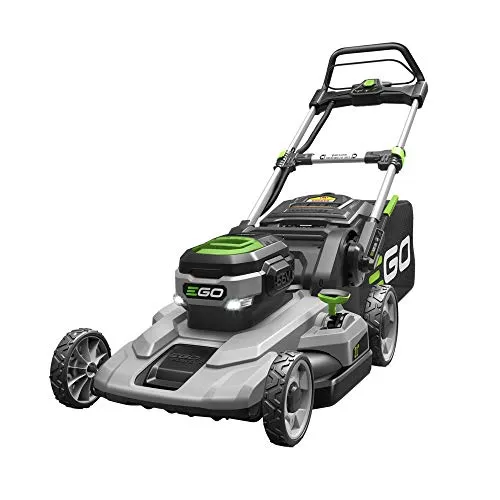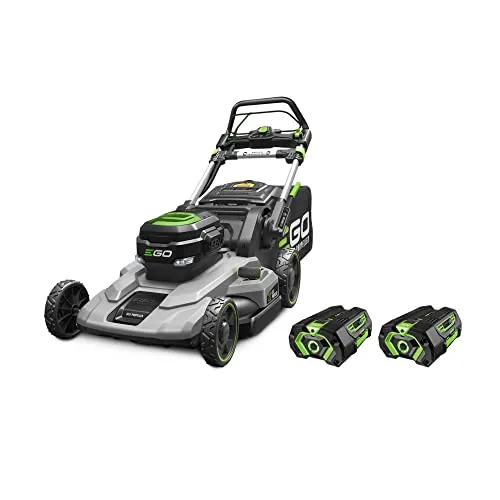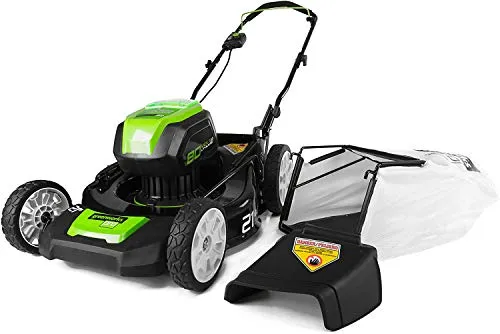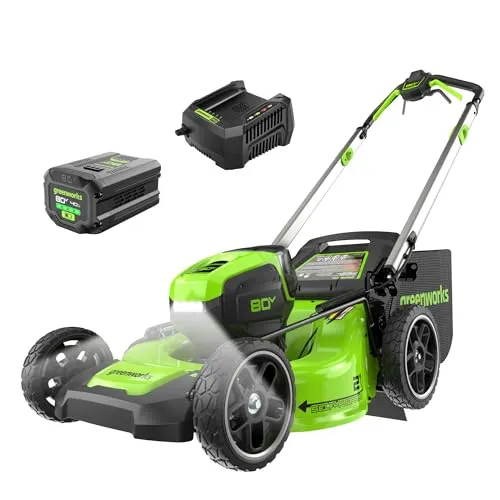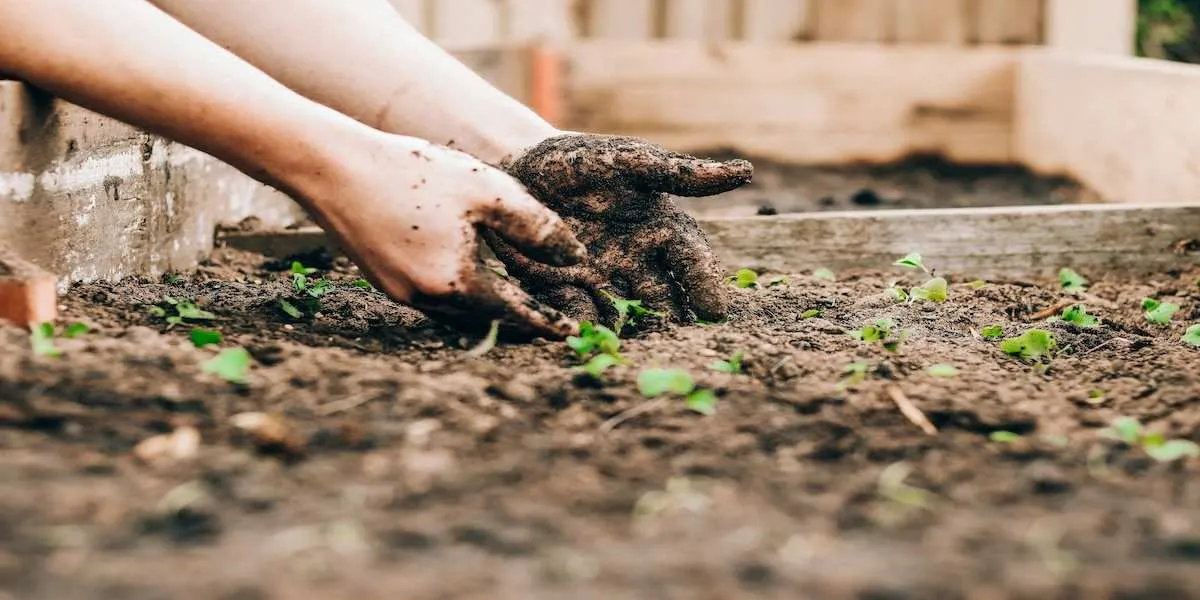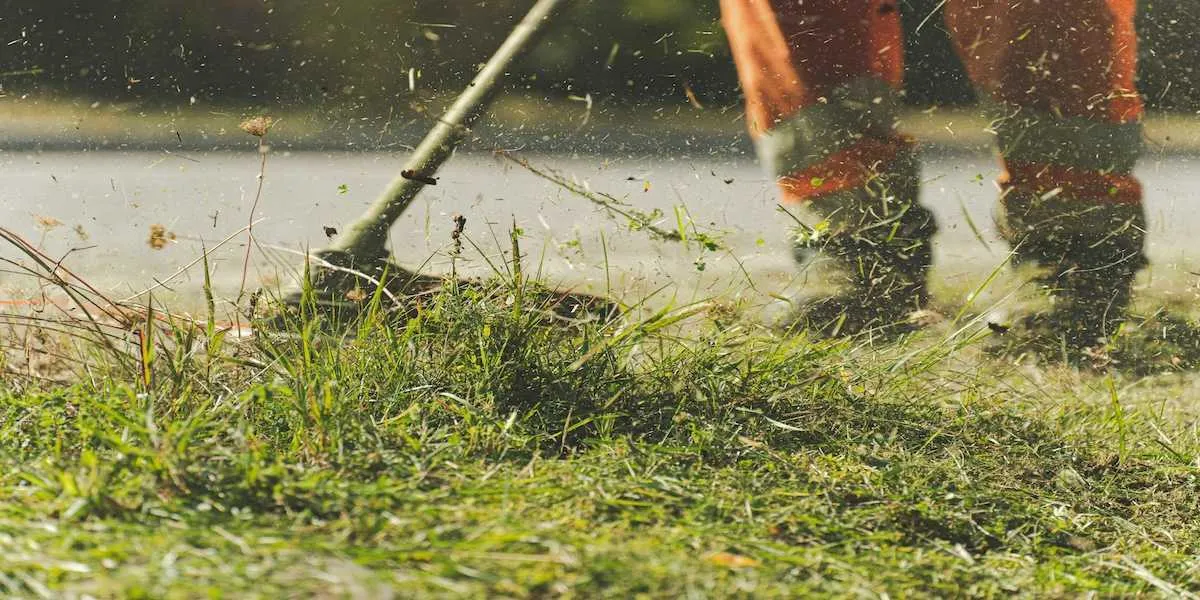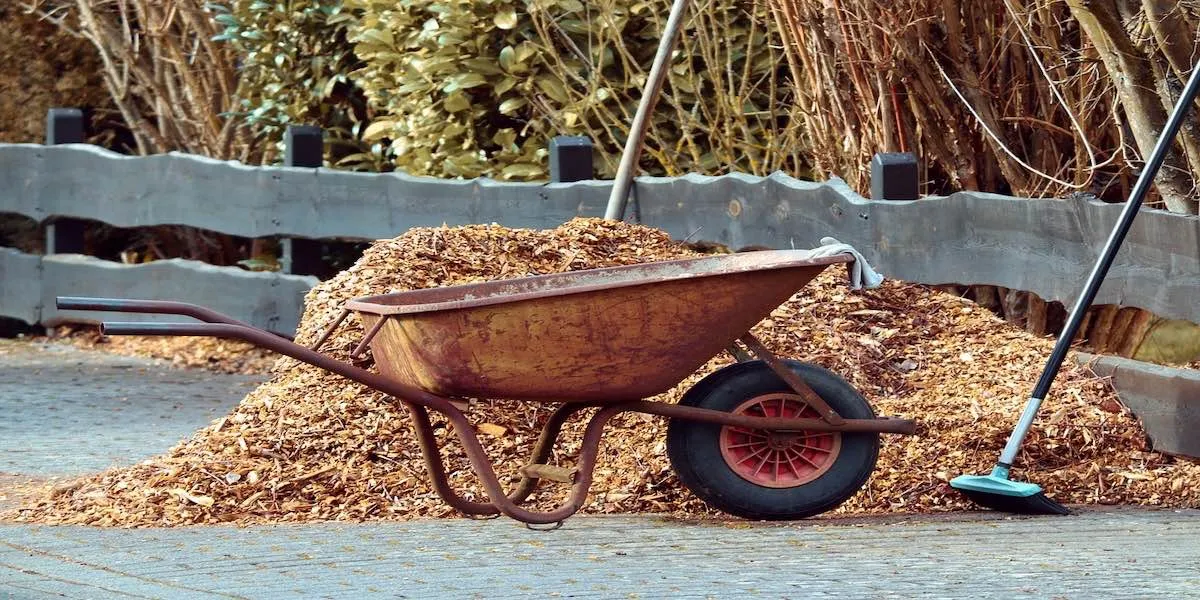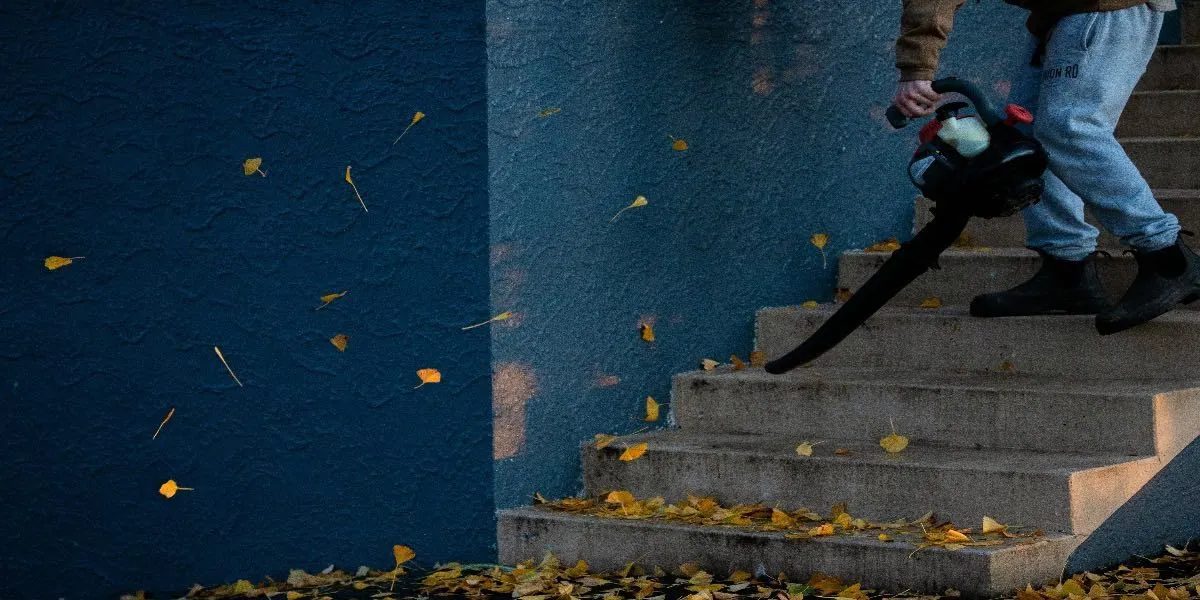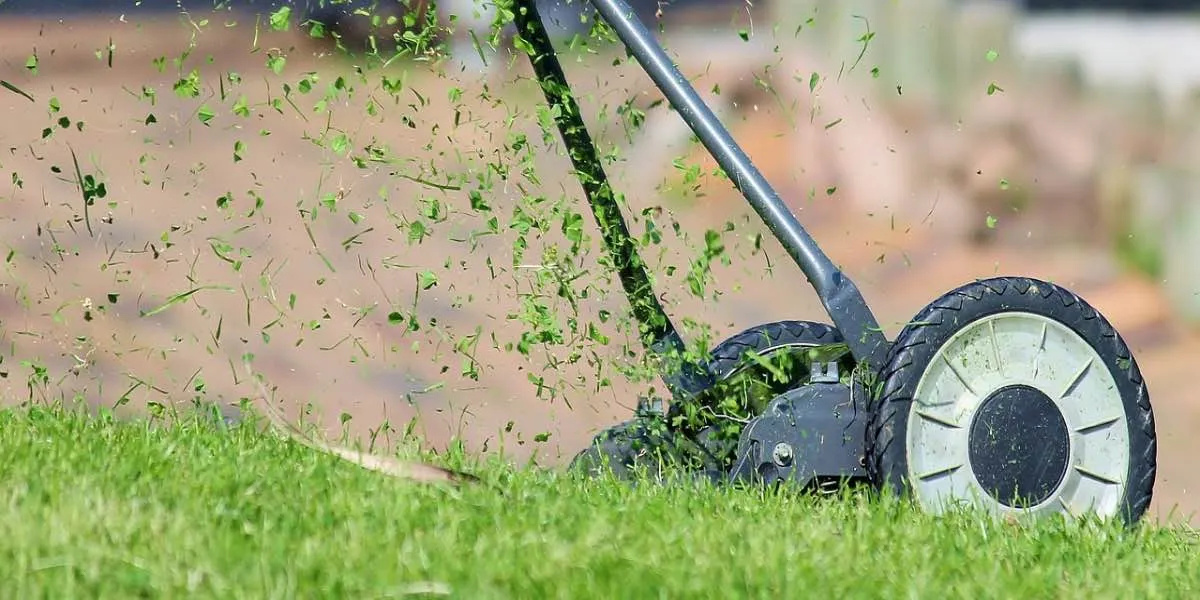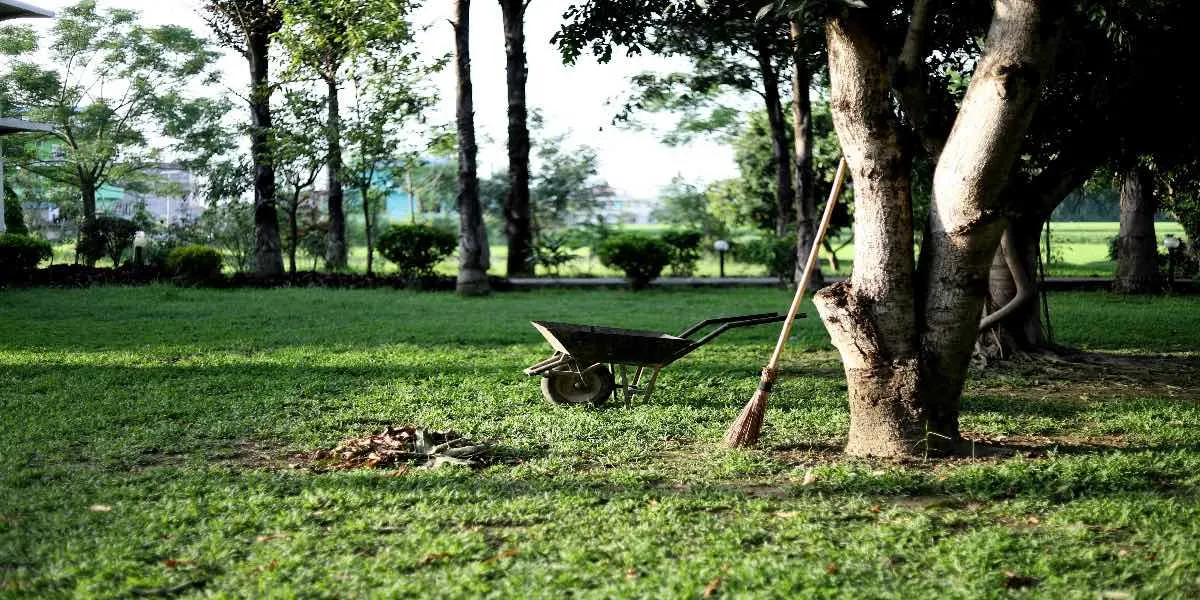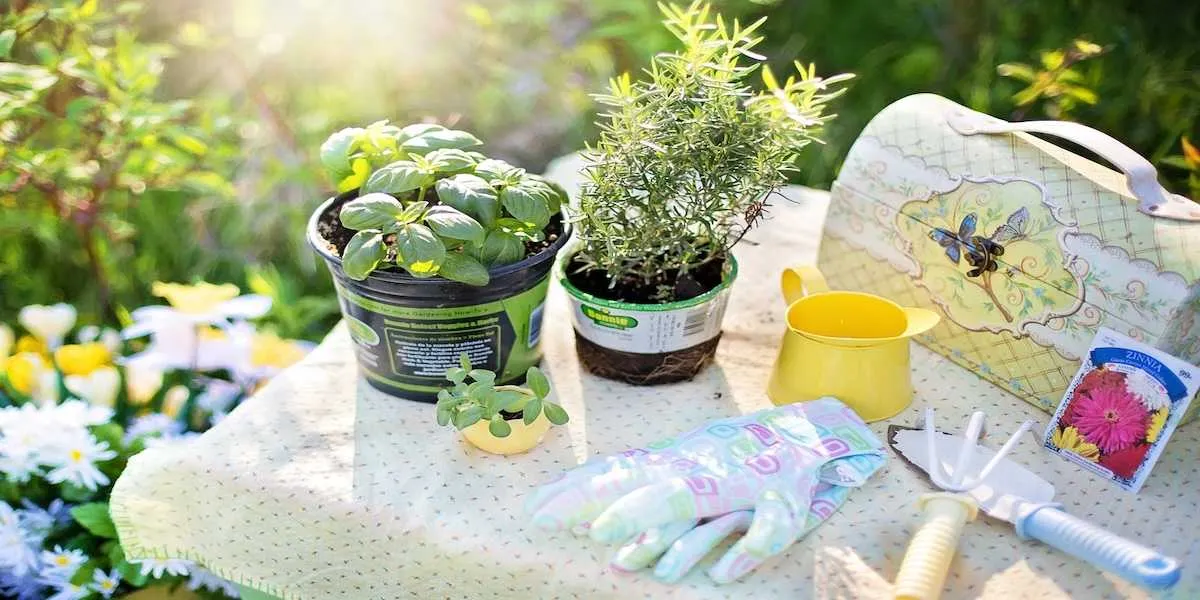Mulch Calculator: How Much Mulch Do I Need for My Garden?
Tools Official on May 29, 2024
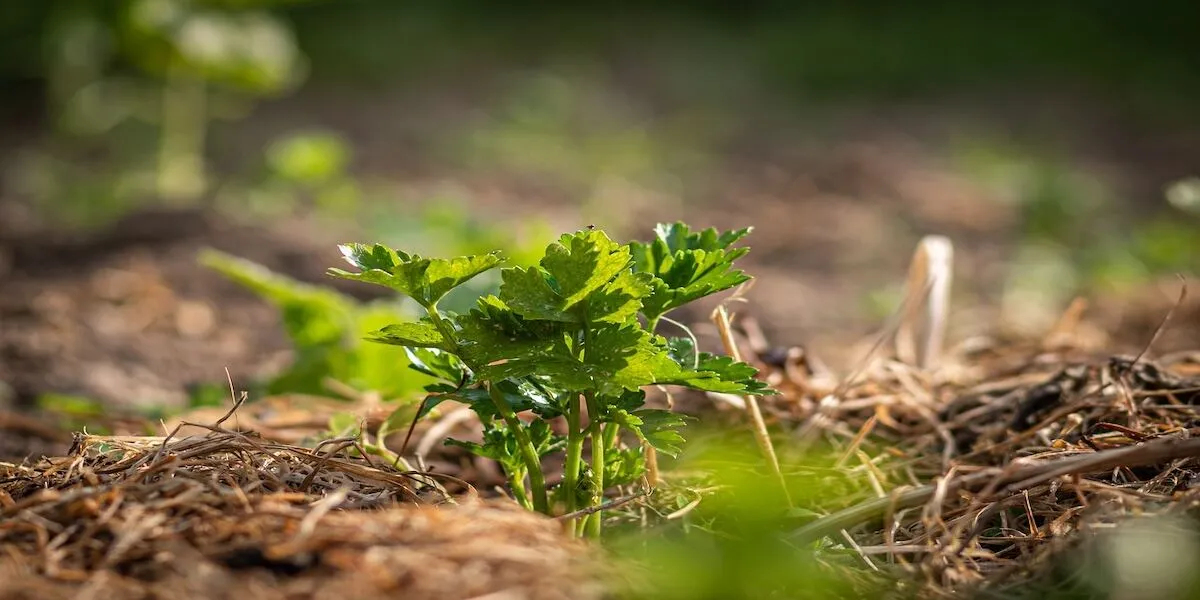
We earn affiliate commissions at no extra cost to you.
Mulching is an essential gardening practice that helps retain soil moisture, suppress weeds, and improve the overall health of your garden landscape.
However, if you're new to gardening, you may find it a bit tricky to determine how much mulch you need.
Well, stop giving yourself a headache trying to figure things out. Tools Officials is here to guide you on how to do just that - saving you time, money, and effort in the long run.
If you're one of the many asking the question "How much mulch do I need?", read on.
How to Calculate the Mulch Needed
Before you rush to your local garden center, you must first understand the specific requirements of your yard. The amount you need is based on three primary factors: the area to be covered, the desired depth of your mulch, and whether you'll need to buy bagged or bulk mulch.
By following the steps outlined below, you can accurately calculate the amount of mulch you need for your project.
Step 1: Determine the square footage you’ll need to cover.
The shape of your beds will dictate the method you use for calculating the area you'll cover. We understand that not all gardens are rectangles and squares. Some are circles and irregularly shaped. But, whatever the shape, we'll break down the process to make things easier to calculate mulch. Remember to always measure the area in square feet.
1. Square
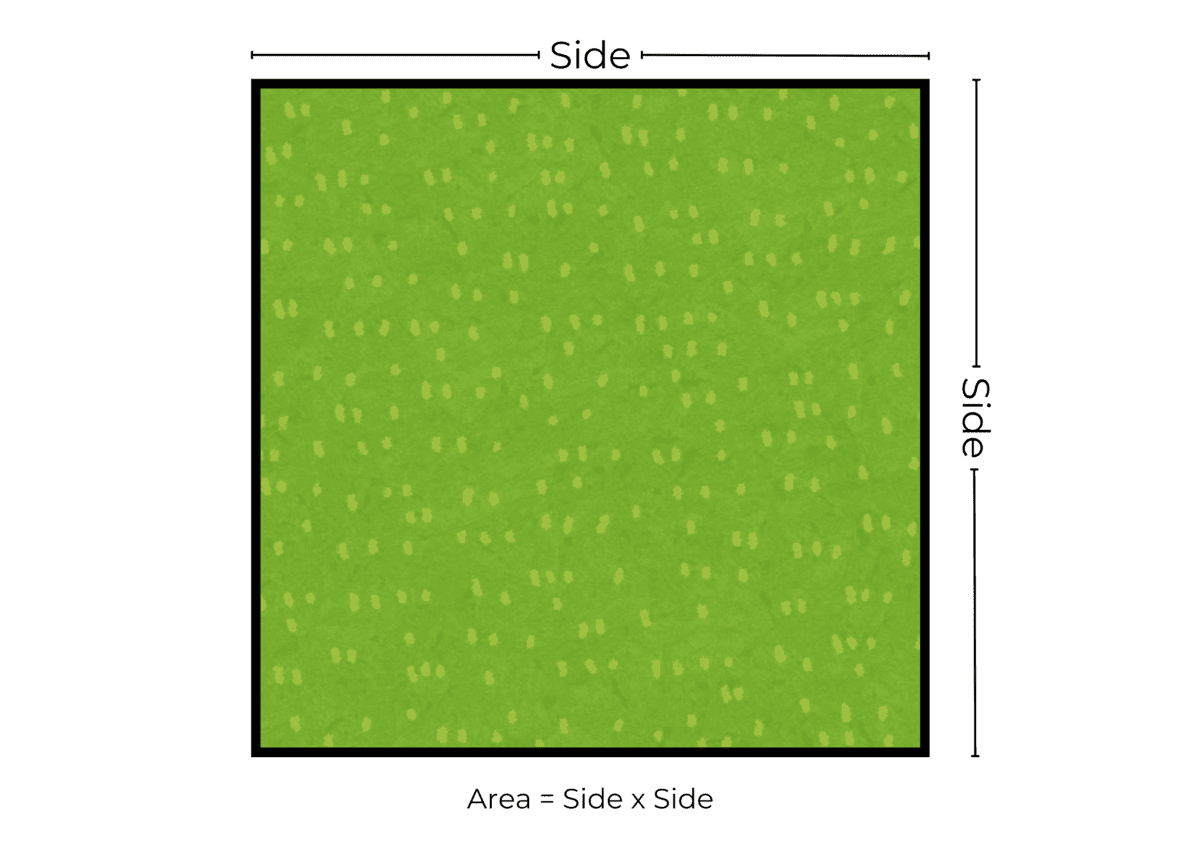
For square yards or garden beds, calculating the area is pretty straightforward. Find the measurement of each side of the square then multiply that number by itself.
Formula: Area = Side x Side
Example: If your plot of land is 20 feet by 20 feet, the area would be 400 square feet.
20 ft x 20 ft = 400 sq ft
2. Rectangle
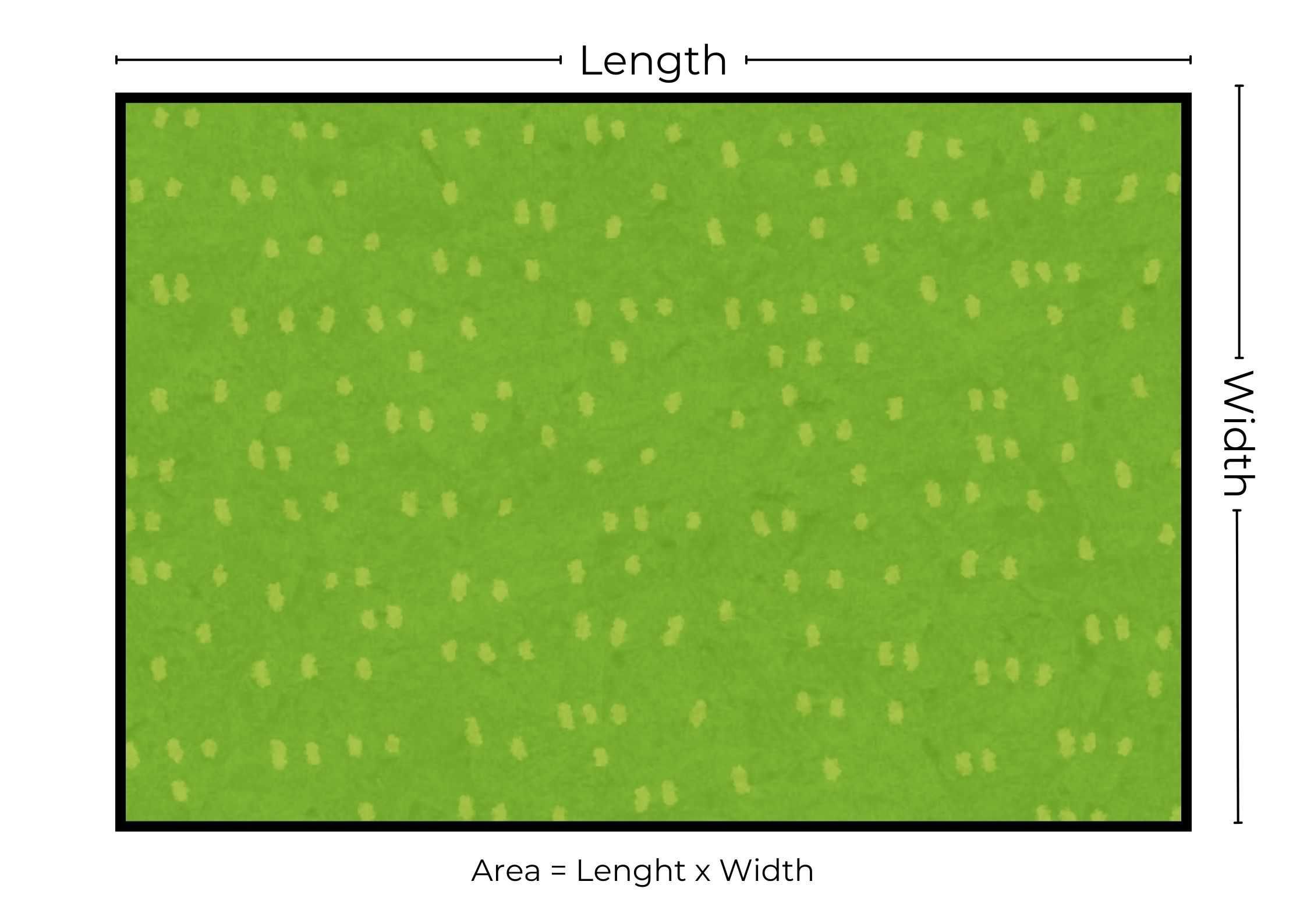
Rectangle beds are also easy to measure. Simply multiply the length and width of the rectangle.
Formula: Area = Length x Width
Example: If your yard is 12 feet long and 8 feet wide, the area would be 96 sq feet.
12 ft x 8 ft = 96 sq ft
3. Rectangle Border
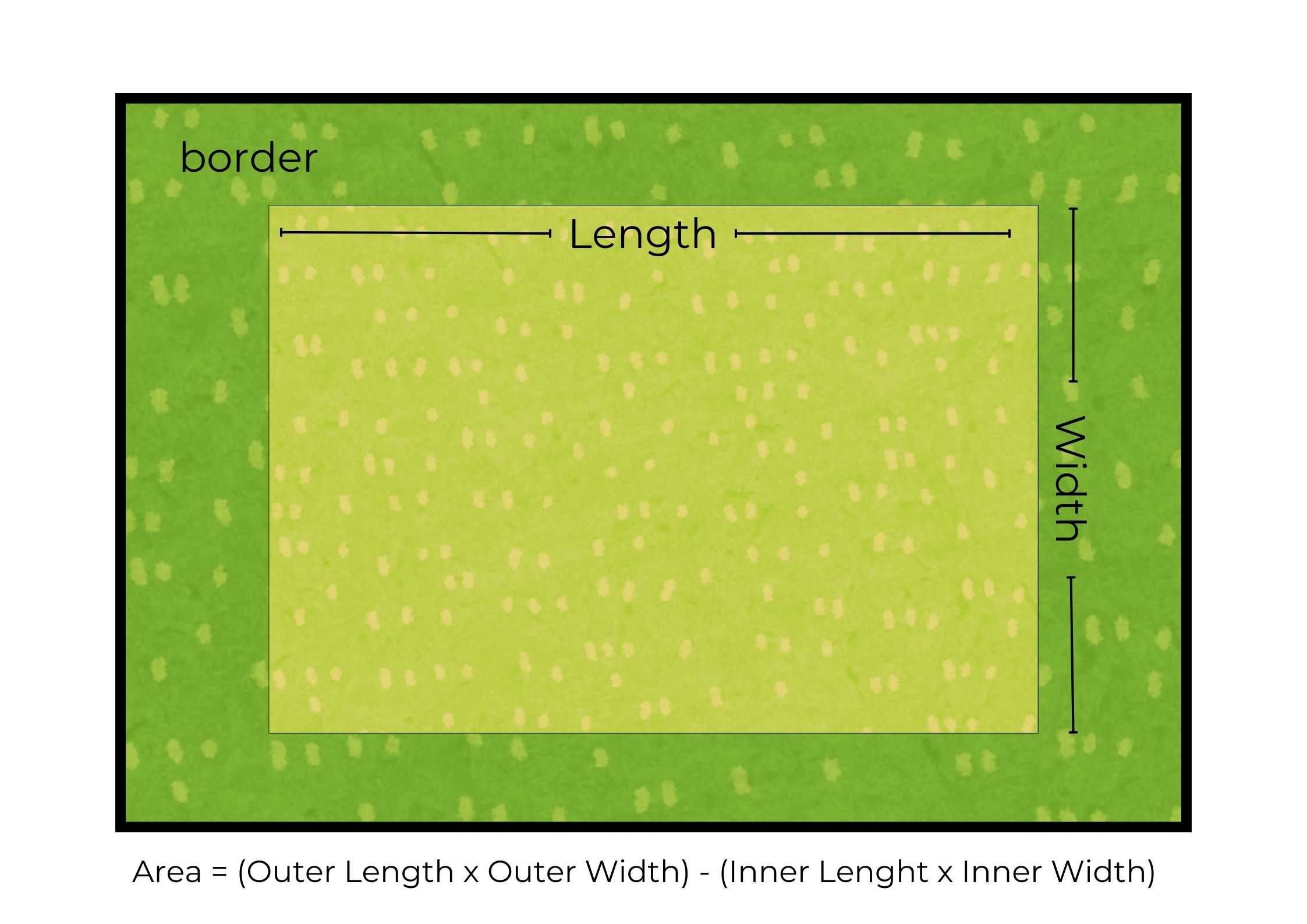
For a rectangular border, you'll need to first find the measurement of the entire rectangle and the area that's not being mulched (the inner rectangle). Then subtract the area of the inner rectangle from the area of the outer rectangle.
Formula: Area = (Outer Length x Outer Width) - (Inner Lenght x Inner Width)
Example: If the outer rectangle's dimensions are 20 feet by 15 feet, and the inner rectangle's measurements are 16 feet by 11 feet, your area is 124 square feet.
(20 ft x 15 ft) - (16 ft x 11 ft) = 300 sq ft - 176 sq ft = 124 sq ft
4. Circle
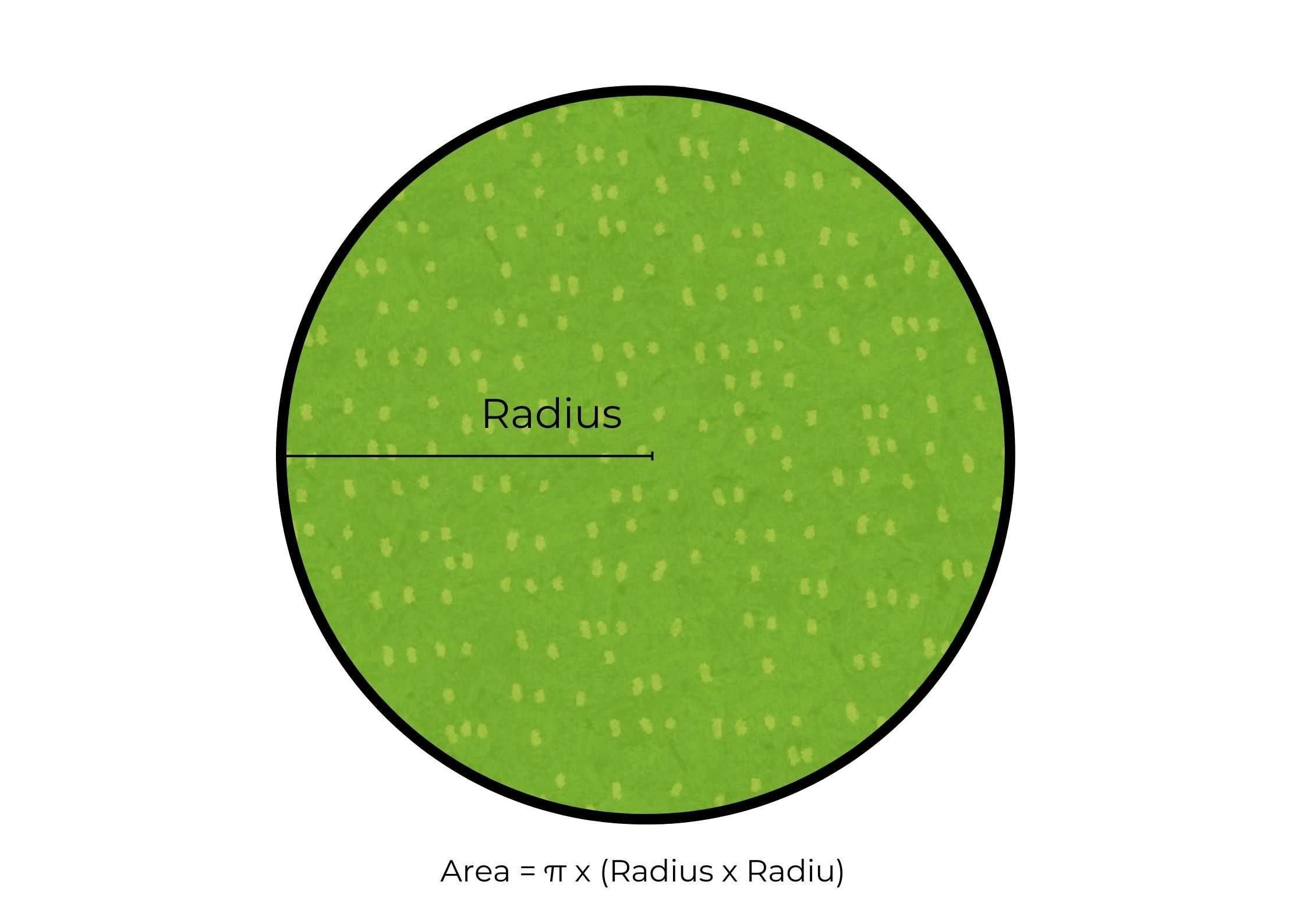
To calculate the area of a circular plot of land, measure the radius (the distance from the center to the edge) and multiply it with pie (π).
Formula: Area = π x Radius2 (π ≈ 3.14)
Example: If the radius of your circular bed is 5 feet, the area would be 78.5 square ft.
3.14 x 5ft2 = 78.5 sq ft
Alternatively, you can use the diameter of the circle to calculate the area of your circular plot of land. For that, you'll have to divide the diameter in half before multiplying it by itself.
Formula: Area = π x (Diameter÷ 2)2
5. Circle Border
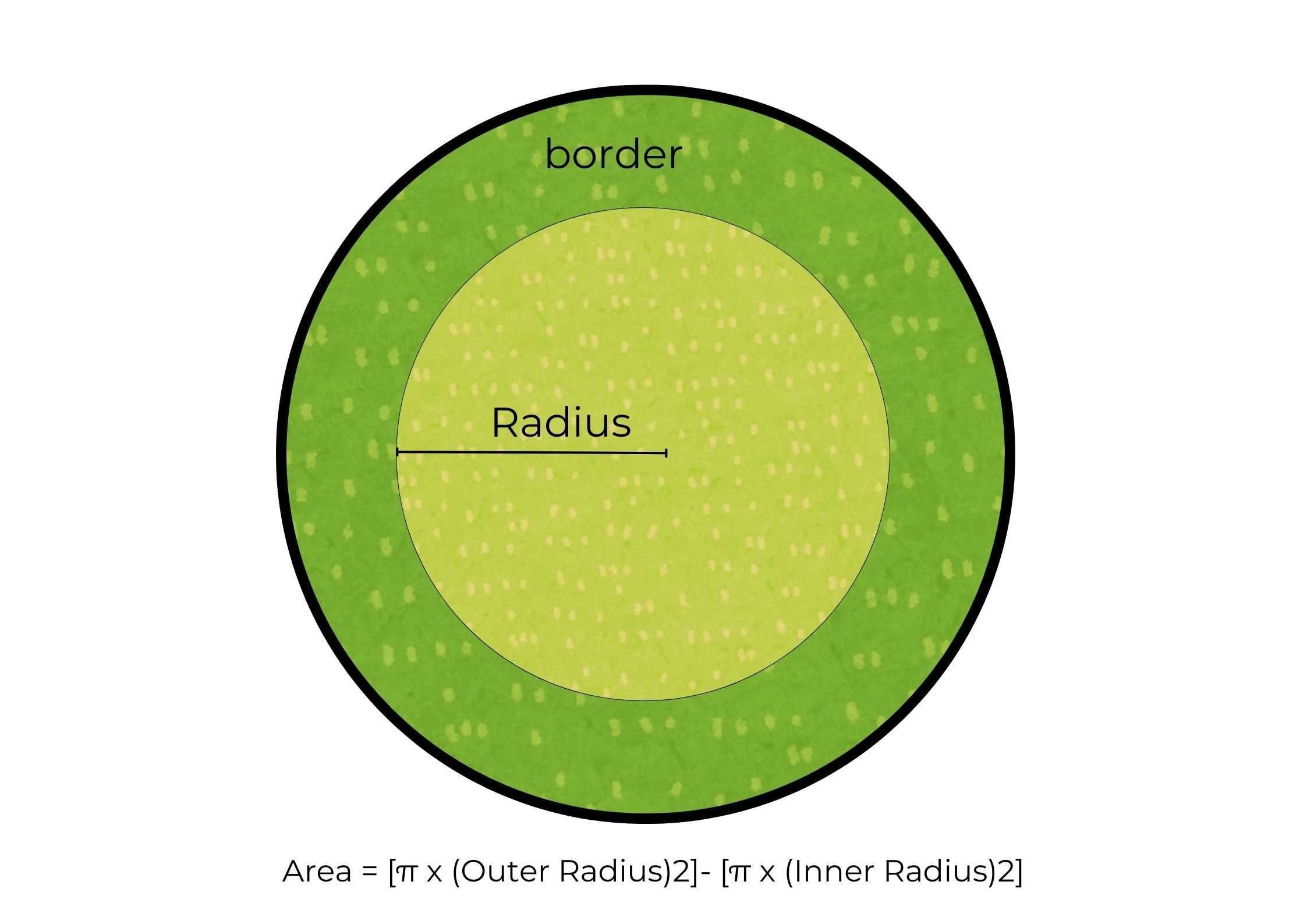
Calculating the area of a circular border is similar to calculating the area of a rectangle border. Just calculate the area of the larger circle then subtract the area of the inner circle.
Formula: Area = [π x (Outer Radius)2]- [π x (Inner Radius)2]
Example: If the outer radius is 15 feet and the inner radius is 12 feet, the area would be 254.34 sq ft
[3.14 x (15 ft)2] - [3.14 x (12 ft)2] = 706.5 sq ft - 452.16 sq ft= 254.34 sq ft
6. Irregular Beds
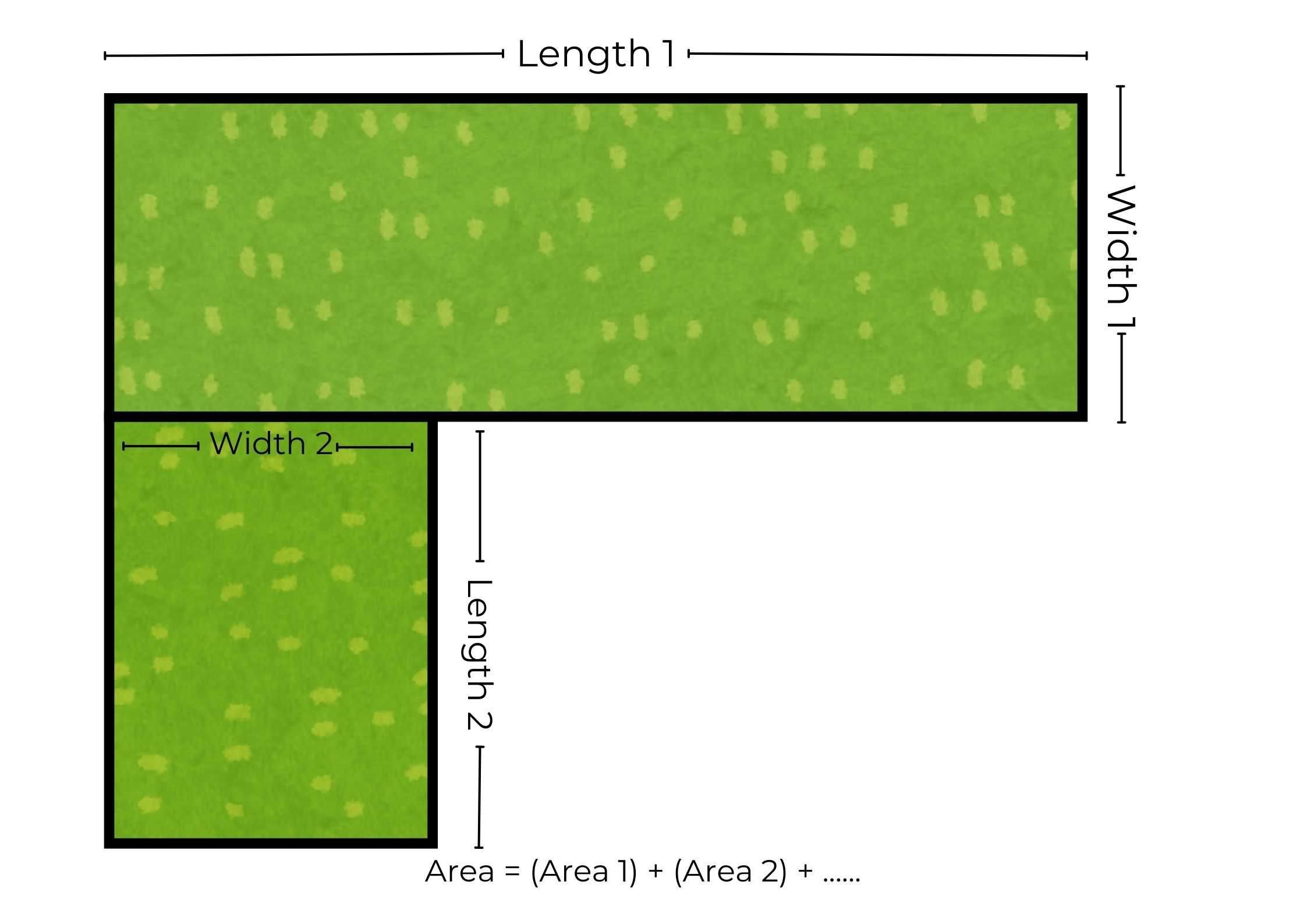
For irregularly shaped beds, break the area into manageable geometric shapes, rectangles and circles, etc. Then, calculate the area for each shape and sum them up.
Formula: Area = (Area 1) + (Area 2) + ......
Example: If you have an L-shaped bed, divide it into two rectangles with dimensions 5 feet x 2 feet and 8 feet by 6 feet, calculate each area, and add them together.
(5 ft x 2 ft) + (8 ft x 6 ft) = 10 sq ft + 48 sq ft = 58 sq ft
Step 2: Decide the depth of your mulch
The next step after calculating the area is calculating the mulch depth or how deep you want the mulch to be. The depth of the layer of mulch can vary based on the type you'll use for your garden.
1. Fine
Fine mulch, such as pine straw, shredded leaves, or grass clippings, is typically applied 1-2 inches deep. This type breaks down faster and adds nutrients to the soil more quickly. They are more often used for vegetable gardens.
2. Coarse
Coarse mulch, such as organic wood chips or shredded bark, is generally applied at a depth of 3-4 inches. Coarse mulch lasts longer and is often used as landscape mulch. It is excellent in keeping weeds at bay and conserving soil moisture.
Your choice between fine and coarse will influence how much you need. Fine mulch requires a thinner mulch layer while coarse mulch will need to be applied thicker.
Step 3: Identify if you need bagged mulch or bulk.
Finally, determine whether you need to buy sacks of mulch or a truckload. The choice depends on the size of the area you're covering and your budget. Here's how you can make that decision.
1. Bagged Mulch
Bagged mulch is commonly seen in garden centers and is typically sold in sacks that contain 2 or 3 cubic feet of mulch. Buying mulch by the bag is more convenient for small to medium-sized projects.
To calculate, simply multiply the area you'll cover with your desired depth (in feet).
For a 100 square-foot area at 3 inches depth (0.25 ft), you'll need 25 cubic feet of mulch.
100 sq ft x 0.25 ft = 25 cu ft
If using 2 cubic foot sacks, you'll need to buy 13 bags of mulch.
25 cu ft ÷ 2 = 12.5 bags
Always round off to the nearest whole number.
2. Bulk Mulch
Buying in bulk is ideal for large projects. It's sold by the cubic yard.
To calculate, multiply the area with the depth in feet to get the volume in cubic feet. Then, divide the volume by 27 to convert the numbers into cubic yards.
For a 500 square foot area at 3 inches depth (.025 ft), you'll need 4.63 cubic yards of mulch.
(500 sq ft x 0.25 ft) ÷ 27 = 125 cu ft ÷ 27 = 4.63 cu yards of mulch
Sample Calculation
Let's put it all together with a sample calculation. Imagine you have a yard you'll need to mulch with the following characteristics.
- A rectangular land: 20 feet long and 10 feet wide
- A circular land with a radius of 5 feet
Step 1: Select the shape and calculate the area.
Rectangle bed: 20 ft x 10 ft = 200 sq ft
Circle bed: 3.14 x (5 ft)2 = 78.5 sq ft
Step 2: Determine how deep you want the mulch to be.
You want a depth of 3 inches of coarse mulch
Rectangle bed: 200 sq ft x 0.25 ft = 50 cu ft
Circle bed: 78.5 sq ft x 0.25 ft = 19.625 cu ft
Add the volumes together
50 cu ft + 19.625 cu ft = 69.63 cu ft
Step 3: Choose Between Bagged or Bulk Mulch
Bagged: If using 2 cubic foot bags:
69.63 cu ft ÷ 2 = 34.82 (round up to 35 bags)
Bulk:
69.63 cu ft ÷ 27 = 2.58 cu yards
In summary, you will need approximately 35 sacks of mulch, or about 2.6 cubic yards if buying in bulk. In this case, it's better to buy in bulk, since it's less expensive and more practical.
To End
Calculating how much mulch you need is straightforward once you break it down into manageable steps. By identifying the measurement of the area you want to cover, deciding the depth and type of mulch, and choosing between bagged or bulk, you can feel confident in purchasing the perfect amount of mulch for your garden. You can also use a mulch calculator if you don't feel like computing.
Proper mulching will not only enhance the health of your plants but also create a more vibrant and beautiful landscape.
If you're interested in learning more about the topic, read our article on How to Succesfully Mulch Your Garden.
Happy mulching!

